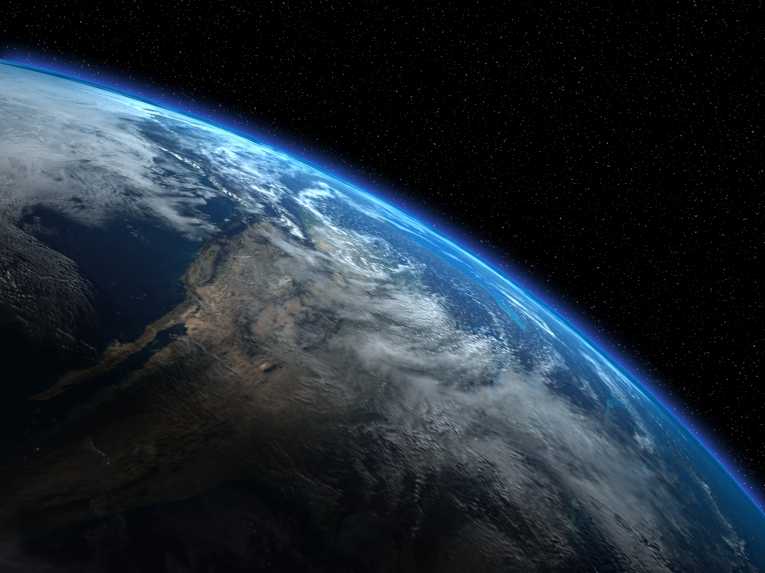A report in the Proceedings of the National Academy of Sciences claims that 200 million years ago, mammals and reptiles lived in separate habitats on the supercontinent known as Pangaea, largely due to rainfall distribution.
With few land barriers such as mountains, Pangaea was a huge land mass that allowed animals the freedom to roam wherever they choose. However, a team of scientists at Brown University have established that early mammals confined themselves to one area of the continent while early reptiles known as procolophonids lived in another section.
It's thought that the animals chose their habitat based on climate. Dr Whiteside, an assistant professor of geological sciences at the university said:
''We're answering a question that goes back to Darwin's time. What controls where organisms live? The two main constraints are geography and climate.''
For the most part, it was rainfall that influenced where animals chose to live. The mammal species, known as transversodont cynodonts chose to inhabit a tropical zone where monsoon rains fell twice yearly while reptiles chose a more temperate habitat where it only rained once annually.The scientists believed it was all to do with the physiology of the two species. Whereas mammals need to replace water lost through excretions. The reptiles, like birds, excreted uric acid in a form that contained very little water. As a result, the mammals needed a habitat with more water sources.
By studying climate changes between 209 million and 234 million years ago from samples collected from lakes and rift basins, the scientists were able assess climate variations. The equatorial areas were much warmer and experienced higher levels of precipitation than higher latitudes.
The study is viewed as highly significant since projected changes in climate in the coming years will put many species at risk due to changes in rainfall in a number of areas around the world. Danielle Grogan, from the research group, said:
''There is evidence that climate change over the last 100 years has already changed the distribution of animal species. Our study can help us predict negative climate effects on mammals in the future.''
etadshow468 -->









